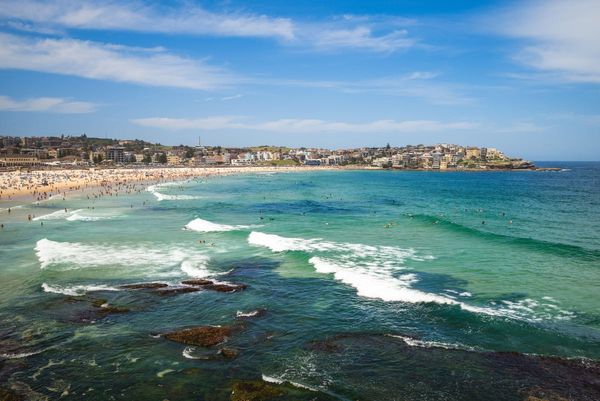Fort St. David in Cuddalore district, which was once the second seat of power of the British in south India after Fort St. George and housed their top echelons, is awaiting restoration.
The Fort stood witness to Cuddalore’s glorious past and frequent battles between the British and the French. But no photographic evidence is available of the original structure, says N. Sethuraman, Assistant Professor of History, Periyar Government Arts College, Cuddalore. All that remains now are the remnants of the two-storey structure.
However, if things go as planned, the Fort could be restored to its glory in the coming months.
A team of architects from the United States of America have visited the crumbling structure maintained by the Arcot Lutheran Church (ALC) and planned its restoration.
According to Rev. V. Samuel Kennady, Bishop of ALC, “A team from Msaada Architects, led by founder Poul Bertelson, has assured us of the restoration of the structure. The ALC has carried out minor repairs to strengthen the basement.”
“Though the restoration work was planned last year, not much progress could be made owing to the COVID-19 pandemic. The team will be visiting Cuddalore again to decide on the plan. The idea is to restore the grand edifice to the original specifications.”
Built by the erstwhile rulers of Gingee as a small fort, it came under the Marathas after Shivaji captured Gingee in 1677 and remained under their possession till 1690. “The fort and the land nearby at Devanampattinam were bought by the British from the Marathas in 1690 through an interesting sale agreement,” Mr. Sethuraman says.
“Cannon balls were fired in all directions and all land that fell within the range became a British settlement. The areas surrounding the fort are still known as cannon ball villages.”
Elihu Yale, then Governor of Madras, after protracted negotiations, acquired the fort and named it Fort St. David after a Welsh saint.
Located on the banks of the Gedilam River, the fortifications were repaired in 1702 and it remained the most important possession on the Coromandel Coast after Fort St. George.
The fort also remained the capital of the British in south India for a brief period after the capture of Madras by La Bourdonnais in 1746. “However, after Fort St. George was restored to the British by the French in 1748 under the Treaty of Aix-la-Chapelle, Fort St. David started losing its importance.
In 1758, the French recaptured it, but abandoned it in 1761 following the capture of Pondicherry (now Puducherry) by the British. After recurring rivalry, it finally passed into British possession in 1785. Although Fort St. David was restored, it failed to recover its old glory,” Mr. Sethuraman explains.
In 1921, the Fort was bought by the Danish Missionary Society from the British. The structure is now maintained by ALC and is mainly used for conducting Church meetings.
Nature’s vagaries
The structure suffered extensive damage after Cyclone Thane struck the Cuddalore coast in 2011. The strong winds chipped away a portion of the fortified wall and the structure.
“The structure weathered the ravages of time because of the quality of construction materials used at that time. The foundation will be strengthened, and we have planned to use only traditional materials to restore the fort,” Mr. Kennady says.
Cuddalore has an impressive history, as the coastal hamlet of Devanampattinam, where Fort St. David is located, initially served as the headquarters of the East India Company before it was shifted to Chennapattinam.
“The Fort forms part of an ensemble of several important buildings, including Robert Clive’s bungalow in the town. The government should take steps to renovate the fort and declare it a historical monument,” said a heritage conservationist.
Memorable stories
Fort St. David holds memorable stories of many British officers, the notables being Major-General Stringer Lawrence, who successfully defended Fort St. David from French attacks many times; Robert Clive who was appointed its Governor in 1756; and Benjamin Robins, the Engineer-General of India who drafted plans to fortify Fort St. David and died here with a pen in hand.







